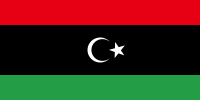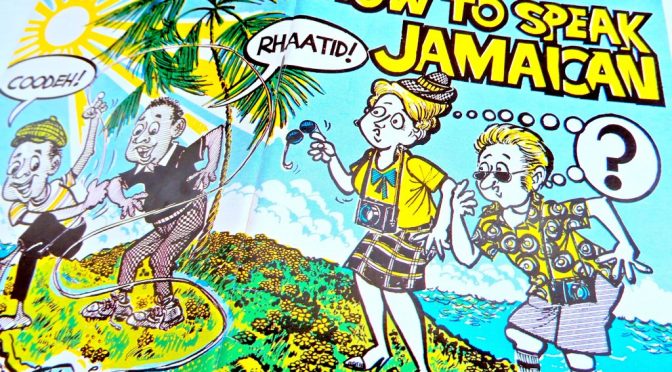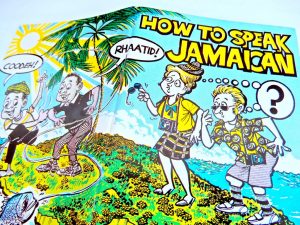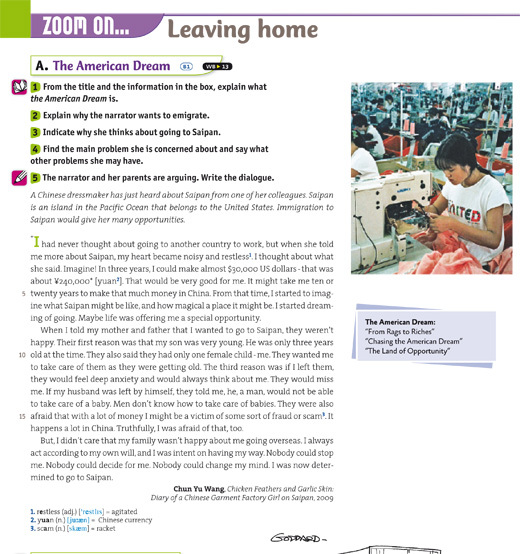Grab a radio and tune in!
FOR IMMEDIATE RELEASE: Local author and entrepreneur to appear on “Your Humanities Half-Hour”
 SAIPAN, CNMI— The NMI Council for the Humanities will feature author, entrepreneur and former Saipan Tribune columnist Walt F. J. Goodridge on its weekly radio show this Sunday, May 29, on Power 99 FM from 2:00 to 2:30 pm.
SAIPAN, CNMI— The NMI Council for the Humanities will feature author, entrepreneur and former Saipan Tribune columnist Walt F. J. Goodridge on its weekly radio show this Sunday, May 29, on Power 99 FM from 2:00 to 2:30 pm.
Goodridge will discuss the personal journey that led to his life of writing and travel. He will also share ideas about how writing in this age of advanced technology and global connectivity can empower local writers and artists to share their work and passion beyond the CNMI.
“Writing, blogging and a little internet savvy can expose the work of local writers and artists to a global consumer audience,” says Goodridge. “My goal is to share some success stories, some ideas and some secrets that I and others are using to do just that. It’s much easier than people realize.”
Originally from the island of Jamaica, Goodridge is a former civil engineer who hated his job, followed his passion, walked away from his career and, in 2006, “escaped” from New York City, where he lived for most of his life, and moved to Saipan. He is the author of 20 books, several blogs, and is the founder of the WeLoveSaipan.com website.
“Your Humanities Half-Hour” is supported in part by a We the People grant from the National Endowment for the Humanities and is directed and hosted by noted media personality Catherine Rosario Perry. The weekly show features local and visiting humanities scholars, students, community organizations, and other special guests who discuss humanities projects and issues of interest in the NMI.
According to Rosario-Perry, Goodridge’s insights and experiences on this week’s show will “help people to make the connection between culture and communication, to develop ways to write about, and thereby preserve the culture while incorporating technology in a world that requires certain modern skills in order to survive and prosper.”
For more information on the Council, visit www.nmihumanities.org.


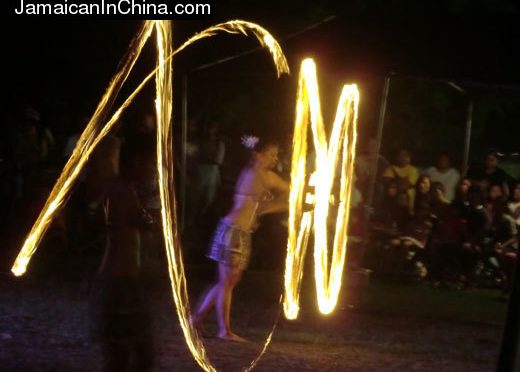
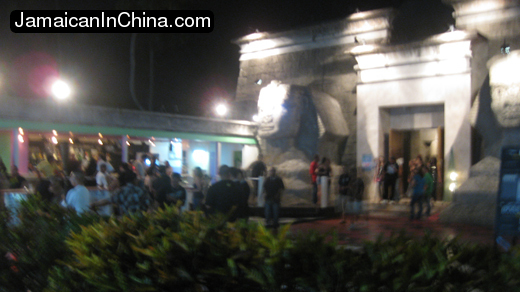

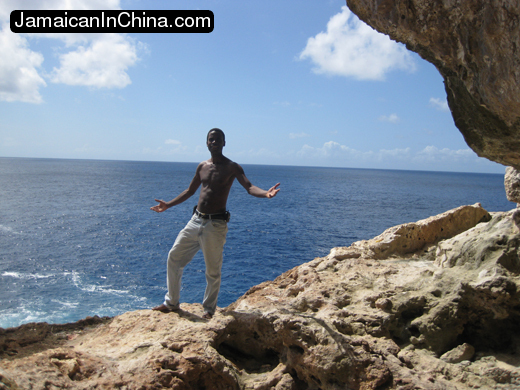
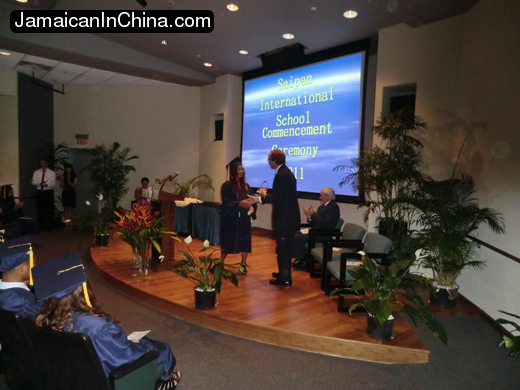
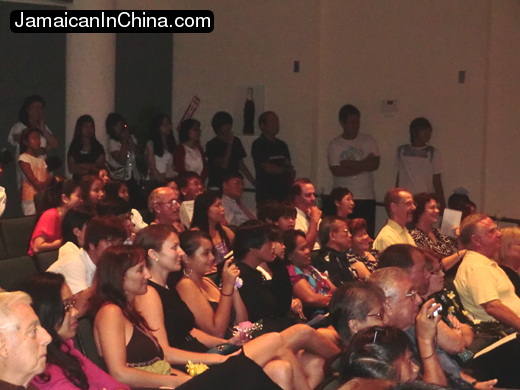
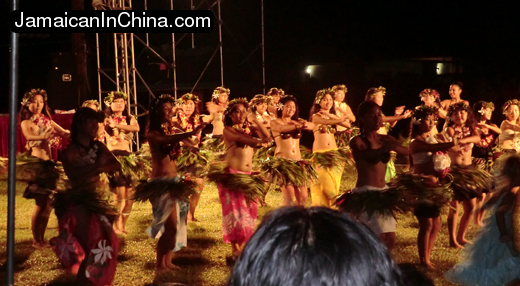
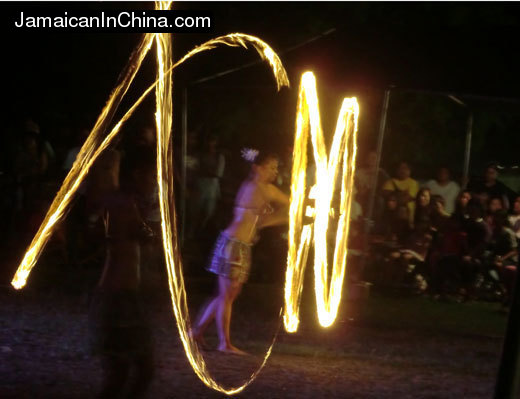
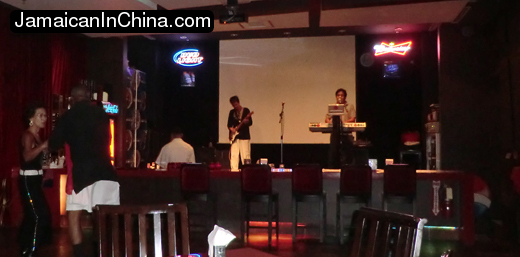
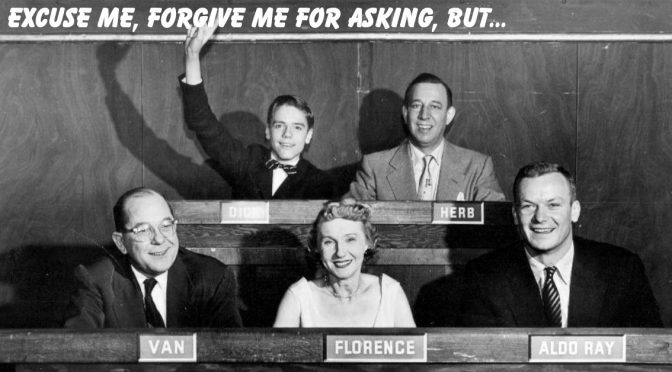

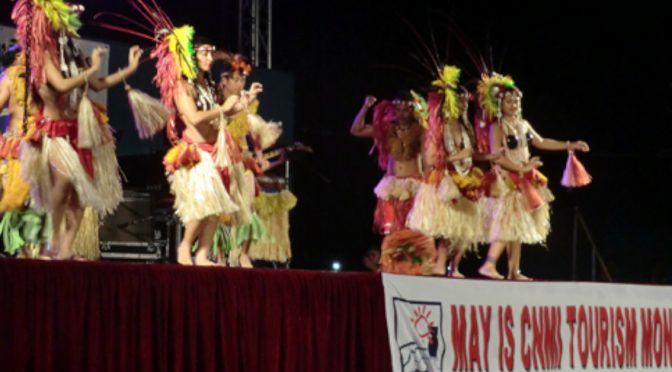
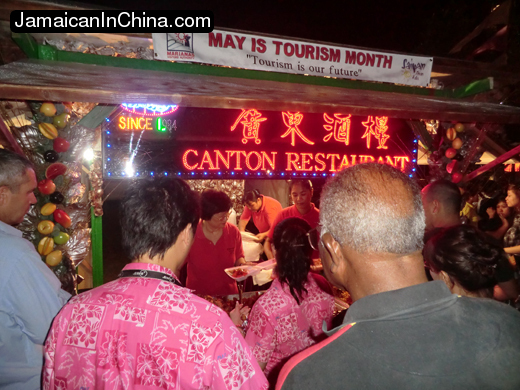
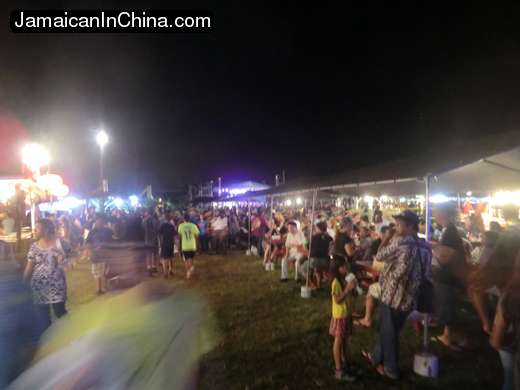

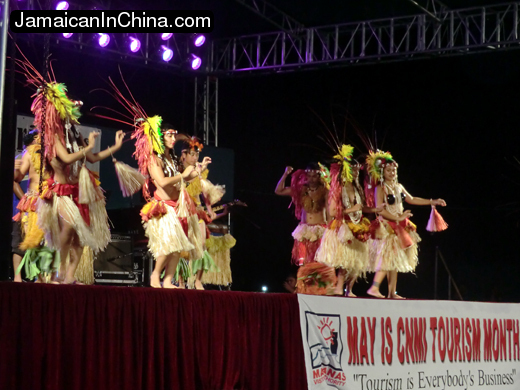
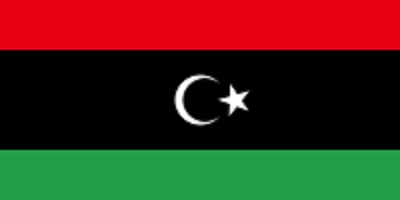
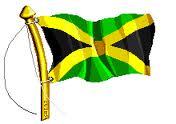 Jamaica’s flag is black, green and gold, and things seemed to be going quite well, until I got to Mauritania!
Jamaica’s flag is black, green and gold, and things seemed to be going quite well, until I got to Mauritania! 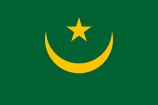 Mauritania’s is green and yellow. [According to wikipedia: The colors of green and gold are considered Pan-African colors.[3] Green is also used to symbolize Islam, and the gold for the sands of the Sahara desert. The crescent and star are symbols of Islam, which is the major religion in the nation. Some writers have also speculated that green symbolizes a bright future, and growth.]
Mauritania’s is green and yellow. [According to wikipedia: The colors of green and gold are considered Pan-African colors.[3] Green is also used to symbolize Islam, and the gold for the sands of the Sahara desert. The crescent and star are symbols of Islam, which is the major religion in the nation. Some writers have also speculated that green symbolizes a bright future, and growth.] And then, there’s Libya! [According to wikipedia: The Libya Flag was officially adopted on November 11, 1977. It is the only flag in the whole world with just one single color. There are no designs, insignia or other details on the flag of Libya . The green color is the symbol for Islam which emphasizes the long devotion and respect of people to their religion. Green is also the national color of the country. The first national flag of modern Libya was adopted in 1951, when the country gained independence. The symbols and colors on the Libyan flag have constantly been changing until 1977 when the current one was adopted. The green color also stands for Gaddafi’s “Green Revolution.”
And then, there’s Libya! [According to wikipedia: The Libya Flag was officially adopted on November 11, 1977. It is the only flag in the whole world with just one single color. There are no designs, insignia or other details on the flag of Libya . The green color is the symbol for Islam which emphasizes the long devotion and respect of people to their religion. Green is also the national color of the country. The first national flag of modern Libya was adopted in 1951, when the country gained independence. The symbols and colors on the Libyan flag have constantly been changing until 1977 when the current one was adopted. The green color also stands for Gaddafi’s “Green Revolution.”